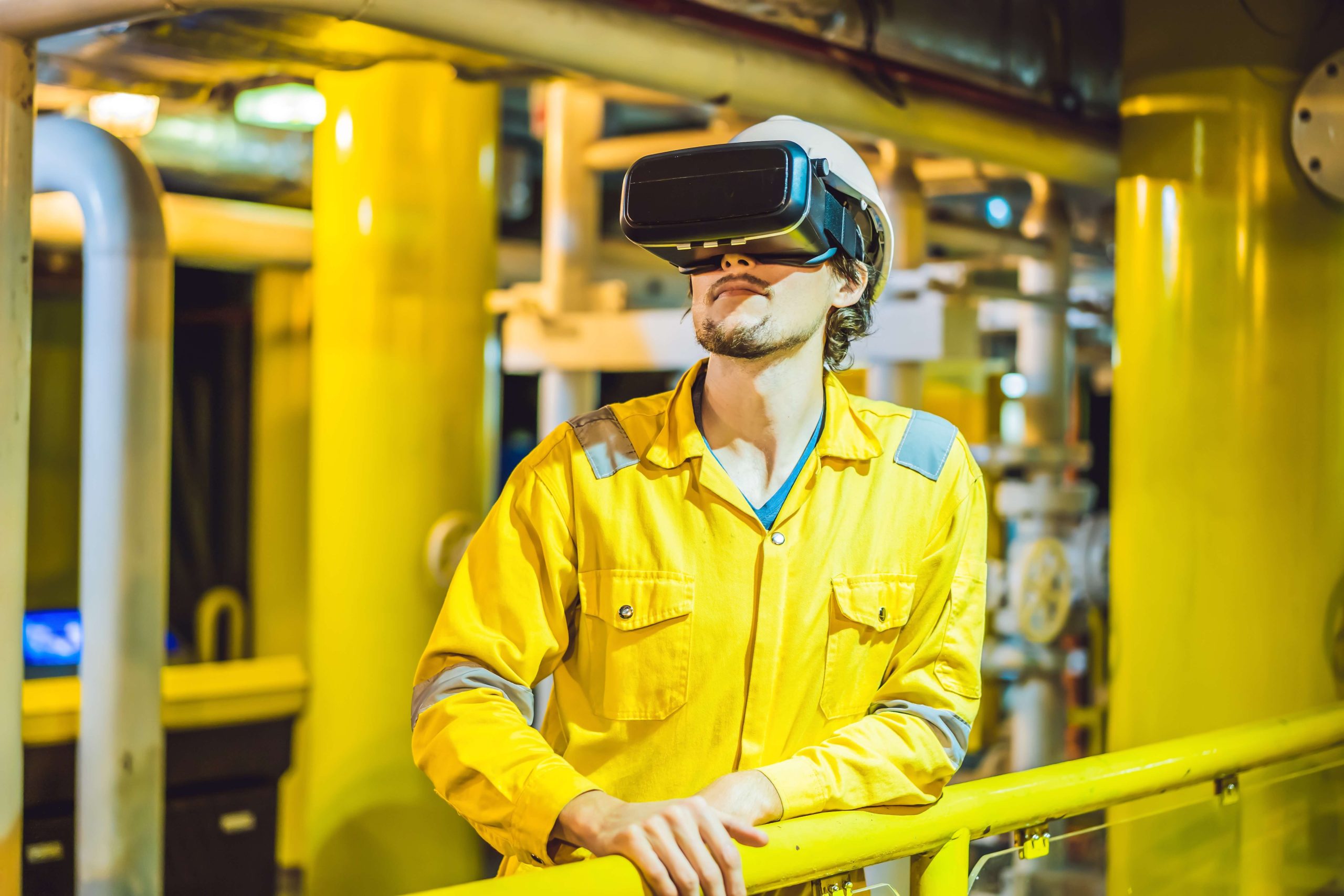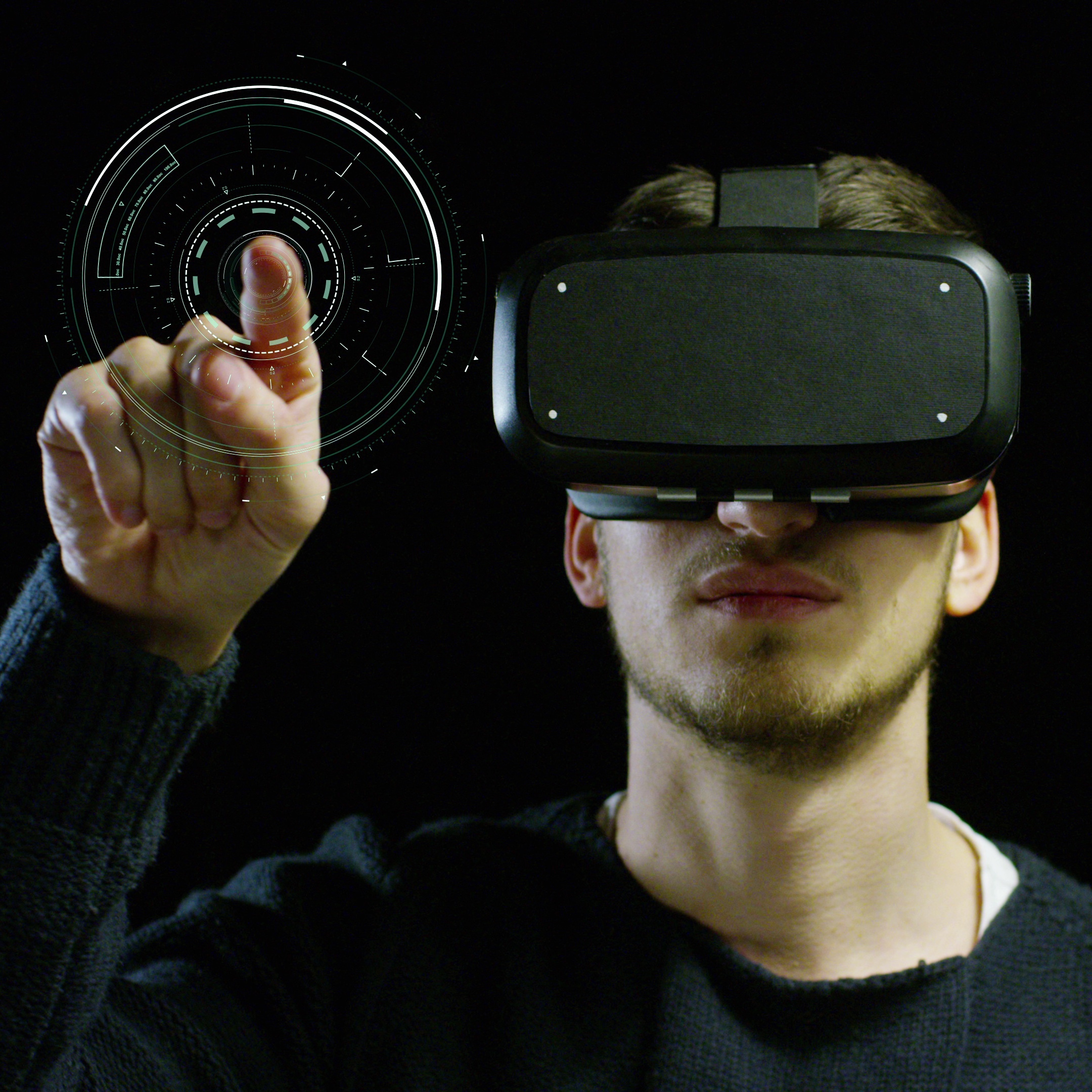Top 8 benefits of virtual site tours and interactive demonstrations in the Oil and Gas industry
The oil and gas industry inspires awe and concern (for worker and project safety) simultaneously. Awe, because it is the backbone of the world’s energy and, by extension, its economies, infrastructure, and everything else. Awe, because it is one of the world’s most high-value industries with correspondingly big-ticket projects that invite top-dollar investments. It is also one of the world’s most high-risk sectors.
Consequently, oil and gas leaders must ensure safety to keep their teams motivated and focused on the job and ensure the safety and resilience of high-value infrastructure. You also need to deliver visibility to investors and other stakeholders, including clients and remote teams, who may not have the time or the wherewithal to travel to remote oil and gas drilling sites (especially if they are offshore) and processing facilities (usually in remote locations).
Virtual site tours and VR-enabled surveillance are one way to ensure visibility that can support safety goals and allow stakeholders to evaluate the site, project, or facility in question.
10 Ways virtual site tours are already impacting the oil and gas industry
Forward-looking oil and gas industry leaders and companies have begun applying virtual site tours, in various forms, to 4 critical operational areas. Here’s how VR is being used:
Improved Training and On-The-Job Support, Inspection
- Hands-on training in no-risk environments
The use of virtual site tours not only aids in the retention of knowledge but also allows for the simulation of job-site dangers — with or without the fun (and recall-assistive) aspect of gamification. Workers can go over emergency reaction and rescue operations multiple times without real hazards. Ultimately, this gives them the right balance of confidence, caution, and know-how when handling equipment and dangerous circumstances.
- Remote training and maintenance
Virtual site tours make it simpler to build training systems that are not necessarily based on location, where workers can train before they arrive on the job — in a sector that pays workers for every day present onsite, sometimes by the hour, this benefit is crucial because it can result in incredible time-cost savings. Moreover, it works. Workers get exposed to actual plant operations and can inspect equipment with hands-free instructions in virtual reality, arriving for duty completely prepared.
- Deeper control over planning, quality and safety
Stakeholders can develop a better understanding of physical measurements by using digital rulers, protractors, and other tools in the virtual world, driving more precise and efficient planning or design activities off-site.
Additionally, with virtual site tours and monitoring, remote quality control and safety teams can look into clash prevention steps and examine the finished work with detailed imaging techniques (like rectified ortho mosaic imaging). These techniques capture the current conditions and marks on surfaces scanned with Ground Penetrating Radar and Electromagnetic locators, ensuring thorough inspection and adherence to safety regulations. This type of detailed imaging identifies potential issues before they arise, enhancing overall operational safety and efficiency.
Improved equipment and safety management
To reap this benefit of VR technology, oil and gas industry companies throw digital twin technology as follows:
- Enhanced operational efficiency
Digital twins are used to create simulations of different operational situations, helping companies find the most effective drilling tactics and production processes that contribute to greater efficiency and lesser expenditure. For instance, digital twins use the data from sensors to foresee equipment breakdowns before they happen, minimizing unexpected periods of inactivity and lengthening the life span of equipment.
- Data-led decision-making
Digital twins create large amounts of data, which oil and gas industry leaders can use to develop a more profound understanding of operations. This is the answer to long-term C-suite goals like refining performance, decreasing emissions, and enhancing the viability of cleaner energy sources.
Enhanced Exploration and Drilling
3D outcrops are the “shiny new thing” that tech-savvy oil and gas companies are using as part of VR-based project optimization. This is admittedly less of a virtual site tour and more of virtual modeling, but it definitely merits a mention when discussing virtual technology and the oil and gas industry.
- Enhanced visualization and planning
3D outcrops allow oil and gas companies to create precise models of seismic information that can impact drilling activities, enhancing extraction efficiency and reducing risks to people, equipment, and the rig itself.
- Discovery of new reserves
Oil and gas industry companies can use 3D outcrops to find new reserves with greater speed and accuracy. 3D outcrops may be referred to as 3D data sets and can augment and improve field-based research, making it more easily repeatable and improving scale.
Improved Marketing
- High-engagement promotional material
Virtual site tours can give you a permanent, movable 3D record of your project or facility and can be used to present your project’s abilities and progress to possible clients. This sort of interactive demonstration allows your client to make their way around the facility according to their own speed and time, understanding the scale and complexity of your operations.
Live and Thriving Virtual Site Tours to Learn From
Case Study: BPCL VR Dome
BPCL’s Corporate Experience Center in Mumbai, developed in collaboration with magineu, has redefined virtual site tours that can be used in the oil and gas industry by introducing a VR Dome. The VR Dome offers an engaging and collaborative experience of BPCL’s refinery, allowing potential customers and leaders to immerse themselves in a 360-degree virtual environment without the need for individual VR headsets. One of the standout features of the VR Dome is its ability to host multiple people simultaneously, fostering a collaborative experience. Visitors can enter the dome with their colleagues or team members and take the virtual factory tour together. This setup allows for real-time discussions and interactions while viewing the virtual environment, enhancing collective decision-making and brainstorming.
How it works: The VR Dome spans a diameter of three meters and is equipped with four high-definition projectors and an advanced surround sound system. This setup envelops visitors in a comprehensive 360-degree refinery experience, making them feel as if they are physically present at the site. This immersive environment provides a detailed and engaging overview of the refinery’s operations, enhancing understanding and retention of information.
Outcomes and accolades: As a whole, the BPCL Corporate Experience Center is central to the brand’s high-level engagements. Additionally, the innovative use of the VR Dome has earned significant recognition from BPCL’s Corporate Experience Center. It was a finalist at the Global Innovation Awards 2022 in Barcelona and was previously honored at the Innovate Asia Pacific Awards 2021. These accolades highlight the center’s cutting-edge approach to virtual reality and its impact on enhancing visitor engagement and operational transparency.
Case Study: Immersive Exploratory Experience For A Petro Services Company
For a petro services company in Calgary, Canada, magineu created a series of training exercises, assisting workers in getting habituated to the working atmosphere prior to their arrival onsite.
How it works: Gamified elements guide workers through SOPs, incident response, equipment names, and other basics, daily maintenance activities, and more.
Outcomes: Improved training and retention of subject matter and fewer safety incidents.
Virtual Site Tours Can Practically Improve Drill Site Performance & Safety
VR tours can solve minor and major challenges in the oil and gas industry, driving ease of doing business, improved safety, and better stakeholder and employee engagement. Developing virtual site tours requires a different kind of expertise and heavy investment, which might not be easy to develop in-house, at least not immediately.
Fortunately, outsourcing is a widely used option when it comes to VR tour creation and management. Of course, you will need a partner who gets B2B use cases and can envision VR beyond tourism, fashion, and retail. Extra points if they’ve proved their mettle in other oil and gas sector-specific projects. magineu checks both these critical boxes, as you may have observed from the three case studies showcased in this blog. Contact us for a free consultation, and take the first step in future-proofing your oil and gas project or facility today.



